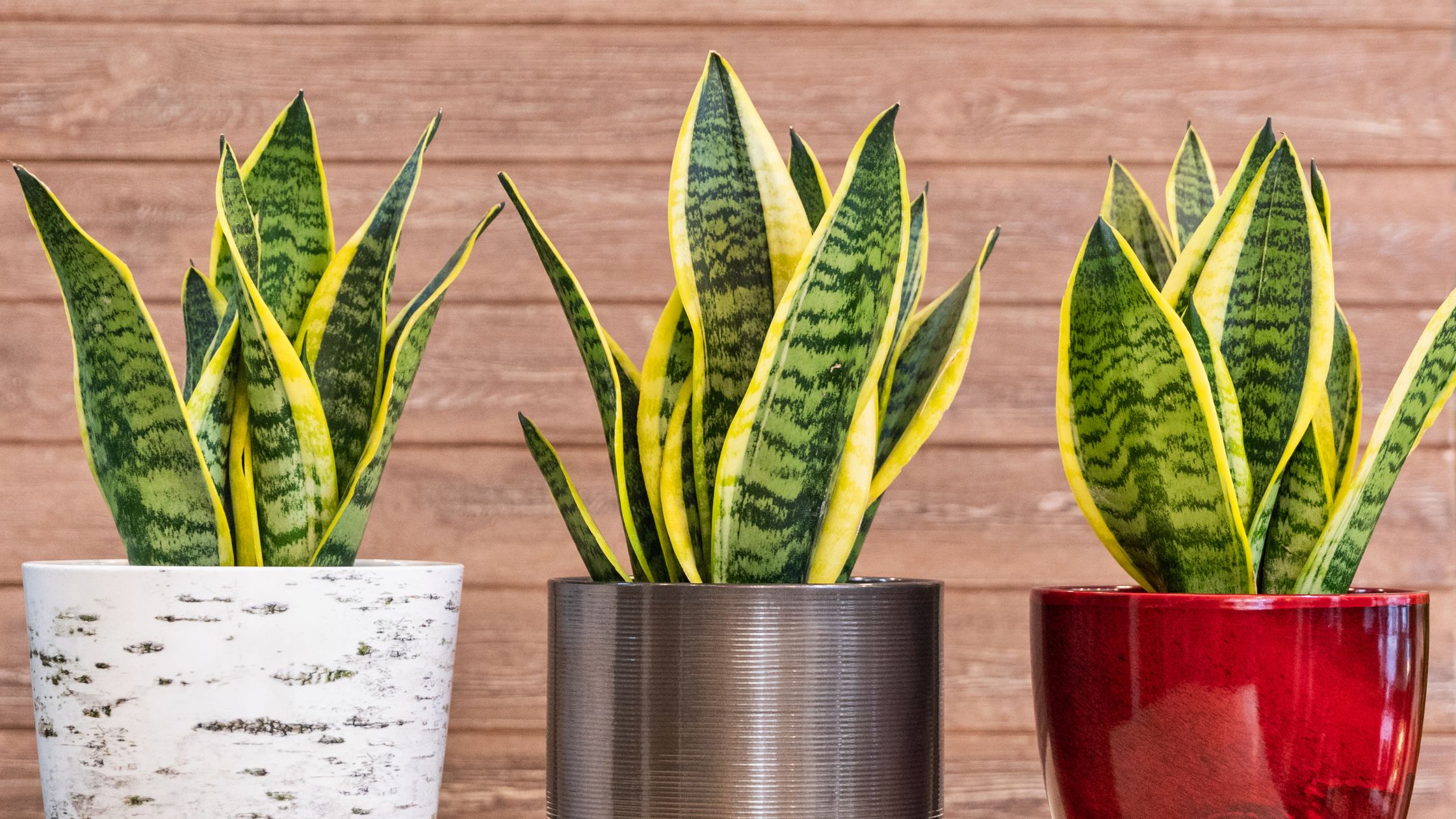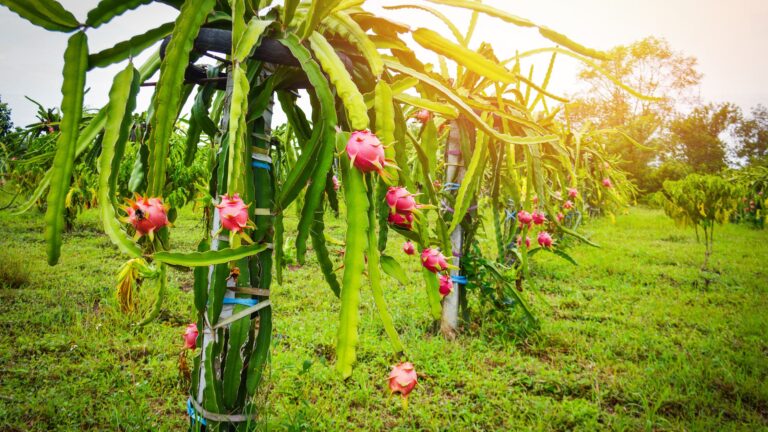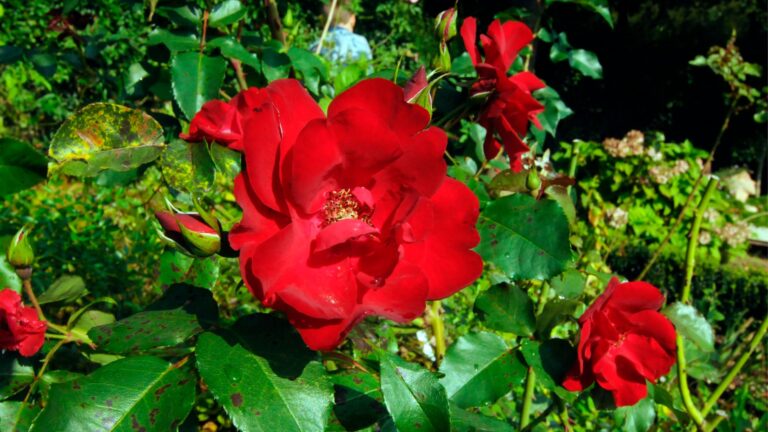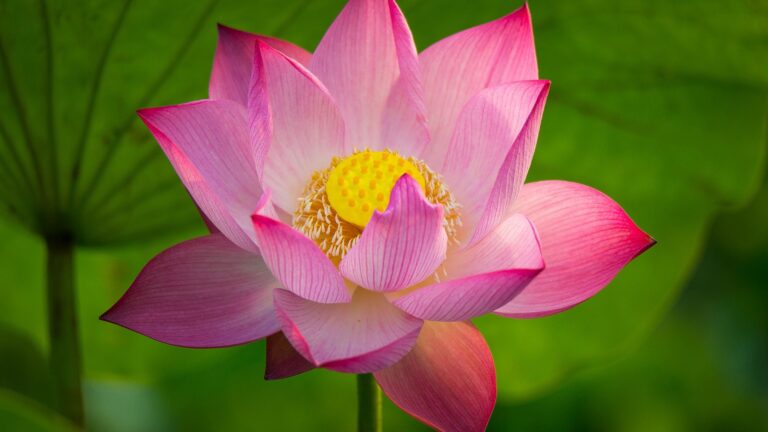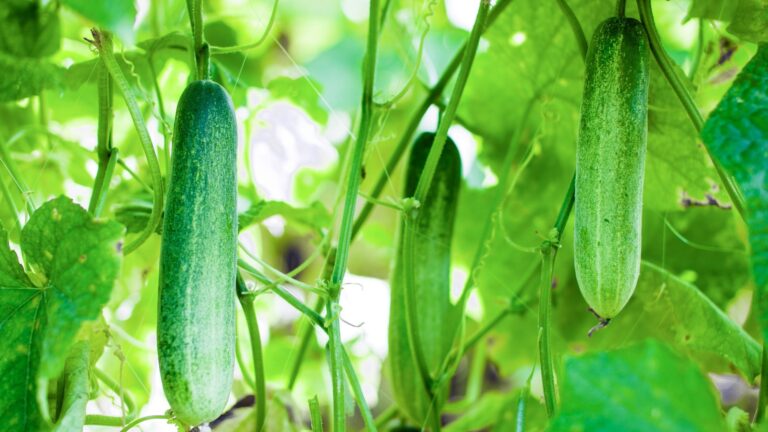Basic Snake Plant Care for Beginner’s
Basic Snake Plant Care Snake Plant (Sansevieria) is also known as Mother-in-Law’s Tongue. In this article, we…
Basic Snake Plant Care
Snake Plant (Sansevieria) is also known as Mother-in-Law’s Tongue.
- NASA study ranked snake plant as an air-purifying plant (removes toxins like formaldehyde and benzene).
- Produces oxygen at night, making it great for bedrooms.
In this article, we have discussed about the basic snak plant care for beginners.
Basic Snake Plant Care
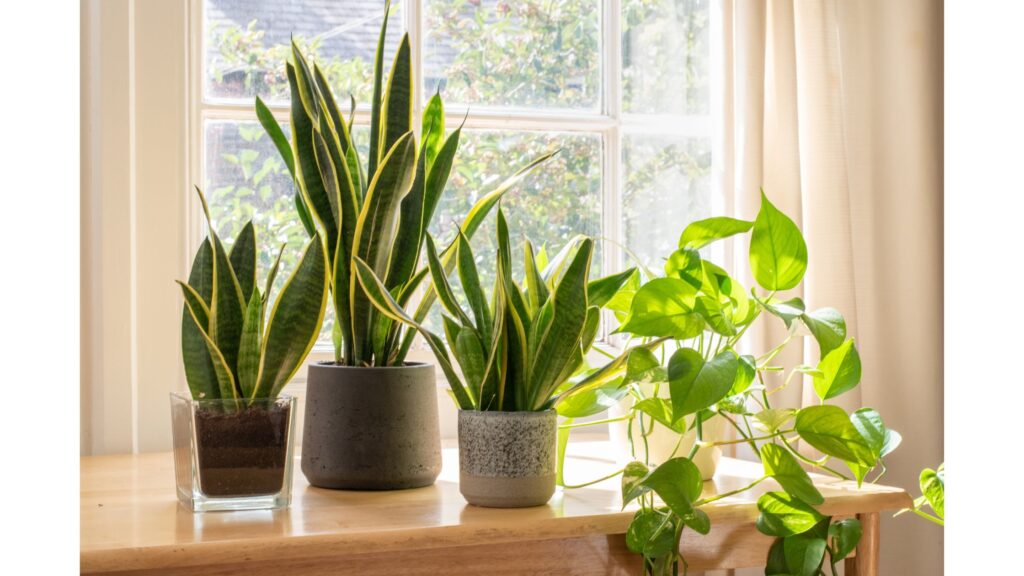
1. Light Requirements
- Thrives in bright, indirect sunlight, but can also tolerate low-light conditions. Most people prefer to keep them in a baranda, or balcony.
- Avoid direct harsh sunlight for long hours, as it can burn the leaves.
2. Watering
- Less is more – snake plants are drought-tolerant. So avoid watering daily.
- Water only when the top 2–3 inches of soil are dry.
- In summer: water every 2–3 weeks.
- In winter, once a month is often enough.
- Avoid overwatering – the biggest cause of root rot.
3. Soil
- Use a well-draining soil mix, ideally a cactus/succulent mix. The vermicompost and bone meal are also helpful for growing snack plants
- Add sand or perlite to improve drainage.
4. Temperature & Humidity
- Prefers 18–30°C (65–85°F).
- Keep away from frost and drafts below 10°C (50°F).
- Average room humidity is fine; it does not need misting.
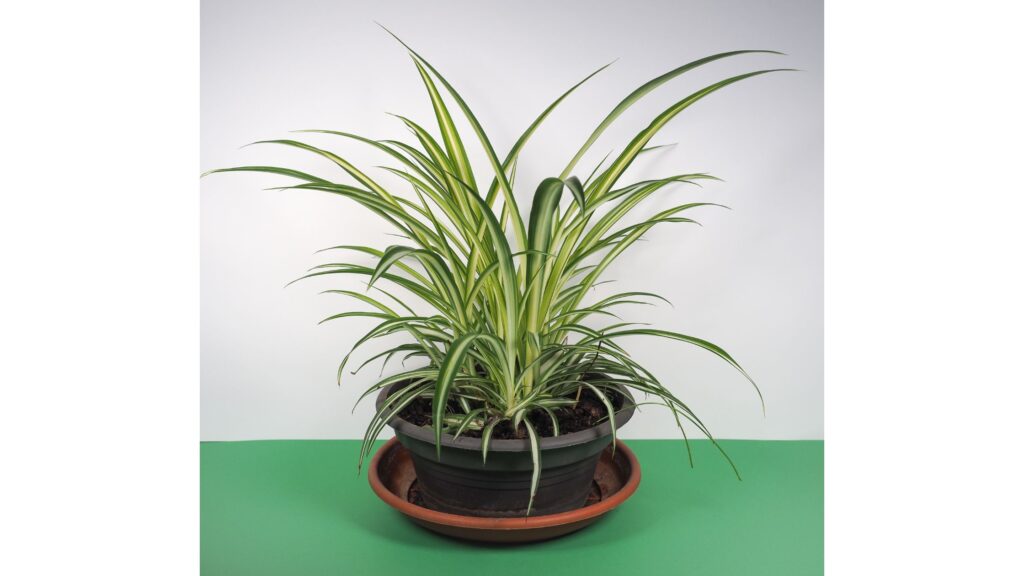
5. Fertiliser
- Fertilise once a month during the growing season (spring and summer).
- Use a balanced liquid fertiliser diluted to half strength.
- Do not fertilise in winter.
6. Potting & Repotting
- Snake plants like being a bit root-bound, so repot only every 2–3 years or when roots start pushing out of the pot.
- Choose a pot with drainage holes.
7. Pruning & Cleaning
- Trim damaged, yellow, or old leaves at the base.
- Wipe leaves with a damp cloth to remove dust.
8. Propagation
- Leaf cuttings: Cut a healthy leaf into 3–4 inch sections and root in water or soil.
- Division: Separate offshoots (pups) from the main plant and replant them.
Common Problems & Fixes
- Yellow leaves: Overwatering. Let the soil dry fully before watering again.
- Wrinkled leaves: Underwatering. Give it a deep soak.
- Brown tips: Low humidity, too much fertiliser, or fluoride in tap water. Use filtered water if possible.
- Soft/mushy leaves indicate root rot; cut off the damaged leaves and repot in dry soil.
Final Thought:
Everybody wants to grow Snamk Plant with proper care. Now, most are searching for snake plant care. You need to follow this beginner-friendly guide and provide less watering, along with other essential care instructions, to properly grow snake plants.
Also Read: Cultivating Dragon Fruit: A Modern Gardener’s Guide
Also Read: Successful Aloe Vera gardening tips: happy plant
Also Read: A Beginner’s Guide to Growing Dahlias in the Garden

